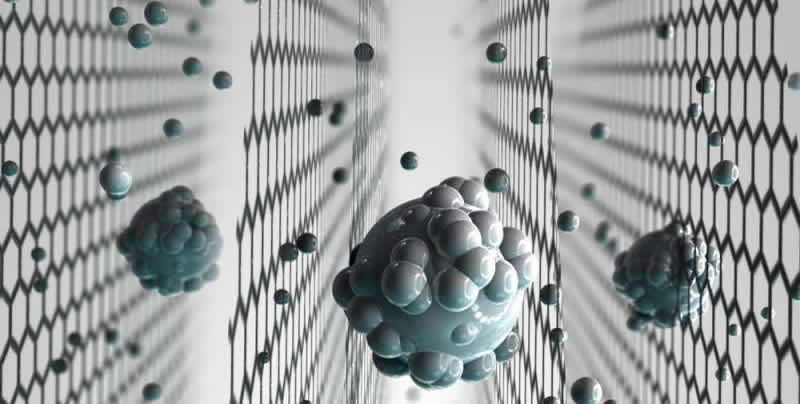Safe drinking seawater developed through graphene sieve
A considerable amount of attention has been attracted by graphene-oxide membranes as there are some promising candidates for new filtration technologies. Developments have been achieved in which membranes are capable of sieving common salts, a procedure that has been desired for a while. The new research demonstrates a real potential of providing clean drinking water for the millions of people who don’t have the access to adequate clean water sources.
A group of scientists at The University of Manchester are behind the findings which were published in Nature Nanotechnology. In the past there have been potential shown in graphene-oxide membranes with gas separation and water filtration.
Graphene-oxide membranes developed at the National Graphene Institute have already demonstrated the potential of filtering out small nanoparticles, organic molecules, and even large salts. However, they couldn't be used for sieving common salts used in desalination technologies, which require even smaller sieves, until now.
The University of Manchester found that if immersed in water, graphene-oxide membranes become slightly swollen and smaller salts flow through the membrane along with water, in previous research, but larger ions or molecules are blocked.
Now further developing theses graphene membranes, the group found a strategy to avoid the swelling of the membrane when exposed to water.
The pore size in the membrane can be precisely controlled which can sieve common salts out of salty water and make it safe to drink.
As the effects of climate change continue to reduce modern city's water supplies, wealthy modern countries are also investing in desalination technologies. Following the severe floods in California, major wealthy cities are also looking increasingly to alternative water solutions.
As common salts are dissolved in water they form a ‘shell’ of the water molecules around the salt molecules, which allows the tiny capillaries of the graphene-oxide membranes to block the salt from flowing along with the water.
Water molecules are able to pass through the membrane barrier and flow anomalously fast, which works for the application of these membranes for desalination.

Professor Rahul Nair, at The University of Manchester said: "Realisation of scalable membranes with uniform pore size down to atomic scale is a significant step forward and will open new possibilities for improving the efficiency of desalination technology.
"This is the first clear-cut experiment in this regime. We also demonstrate that there are realistic possibilities to scale up the described approach and mass produce graphene-based membranes with required sieve sizes."
One of the authors of the study, Jijo Abraham commented: “The developed membranes are not only useful for desalination, but the atomic scale tunability of the pore size also opens new opportunity to fabricate membranes with on-demand filtration capable of filtering out ions according to their sizes."
By 2025 the UN expects that 14% of the world's population will encounter water scarcity. This technology has the potential to revolutionise water filtration across the world, in particular in countries which cannot afford large scale desalination plants.
With graphene-oxide membrane systems, it is anticipated that they can be built on a smaller scale to make the technology accessible to countries without the financial infrastructure to fund large plants without compromising the yield of fresh water produced.


